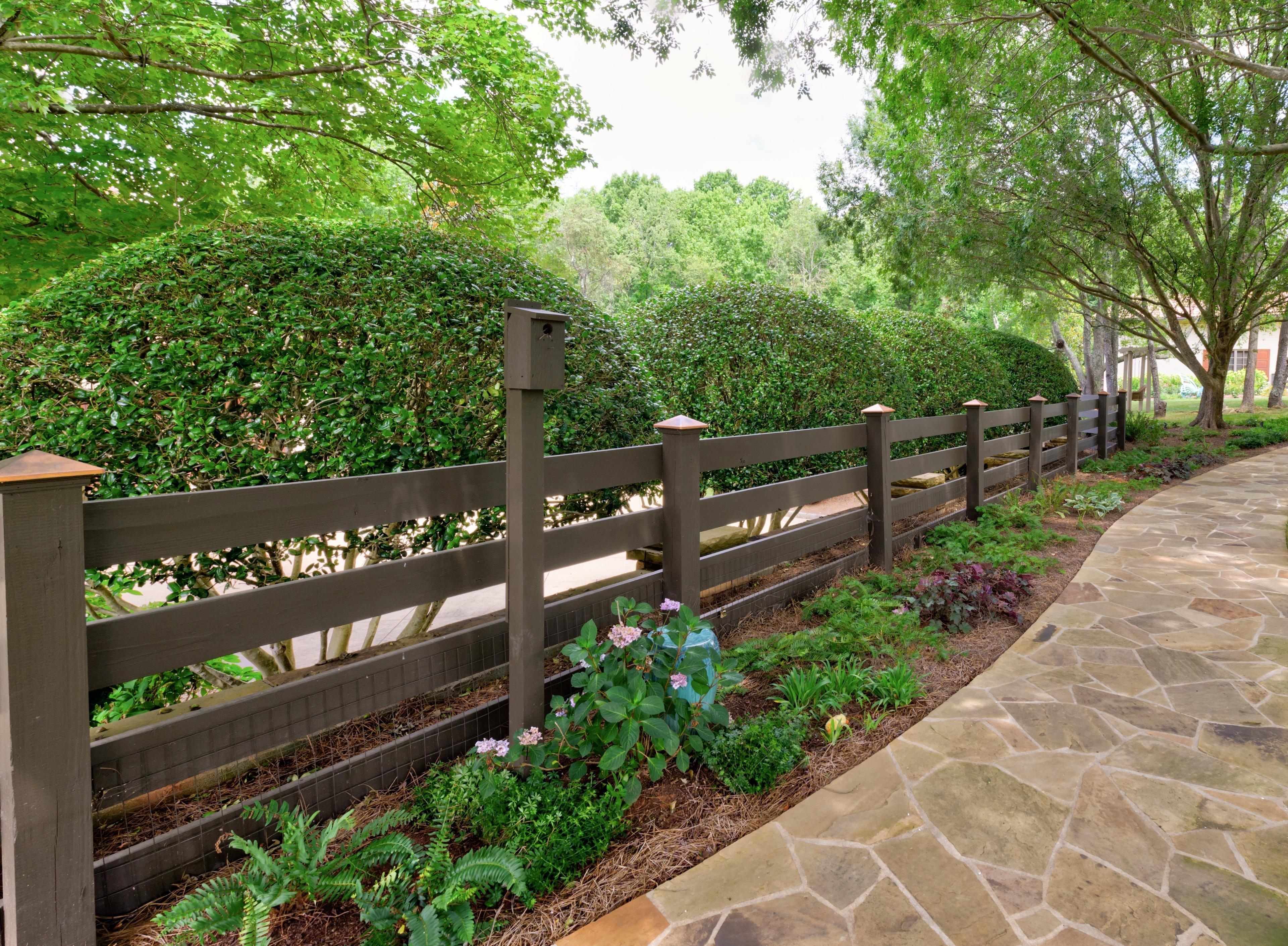The decision between mulch and pine straw in your landscaping is a pivotal one, as it not only influences the aesthetic appeal of your outdoor space but also plays a crucial role in the health and sustainability of your plants. Each material offers unique benefits, and understanding their characteristics can help you make an informed choice that aligns with your preferences and the specific needs of your landscape.
Mulch, typically made from a variety of organic materials such as wood chips, bark, or compost, has gained popularity for its versatility and aesthetic appeal. One of its primary advantages is its ability to regulate soil temperature by providing insulation against extreme heat or cold. This proves especially beneficial in regions with fluctuating temperatures, as mulch acts as a natural buffer, ensuring that the soil remains conducive to plant growth. Mulch also aids in moisture retention by reducing water evaporation from the soil surface, helping to conserve water and maintain optimal hydration levels for plants. Additionally, the decomposition of organic mulch over time contributes valuable nutrients to the soil, promoting a healthier and more fertile growing environment.
On the other hand, pine straw, derived from pine needles, offers a distinct set of advantages. One of its notable features is its light and fluffy texture, which allows for excellent air circulation around plants. This quality is particularly advantageous in preventing the onset of certain plant diseases that thrive in damp and stagnant conditions. Pine straw is also renowned for its ability to deter weeds effectively. When applied in a thick layer, it creates a dense cover that inhibits weed growth, reducing the need for herbicides and minimizing competition for nutrients. Moreover, pine straw has a natural acidic composition, making it an ideal choice for acid-loving plants such as azaleas and rhododendrons. The gradual decomposition of pine straw contributes to soil acidity over time, further benefiting these acid-loving species.
The climate and specific needs of your landscape play a crucial role in determining which material is the most suitable. In regions with harsh winters, mulch's insulating properties can protect plant roots from freezing temperatures. Conversely, in areas with hot and humid climates, pine straw's ability to maintain proper air circulation and prevent waterlogged conditions may be more advantageous. Consideration should also be given to the overall aesthetic you wish to achieve. Mulch, with its diverse range of colors and textures, offers a more decorative appeal, while pine straw imparts a natural and earthy look to the landscape.
In conclusion, the choice between mulch and pine straw in your landscape is a decision that requires careful consideration of various factors, including climate, plant preferences, and aesthetic goals. Both materials have their distinct advantages, and the right choice depends on your specific needs and priorities. Whether you opt for the insulation and nutrient-rich qualities of mulch or the weed-suppressing and air-circulating benefits of pine straw, investing time in selecting the appropriate material will undoubtedly contribute to the long-term health and beauty of your outdoor space.
